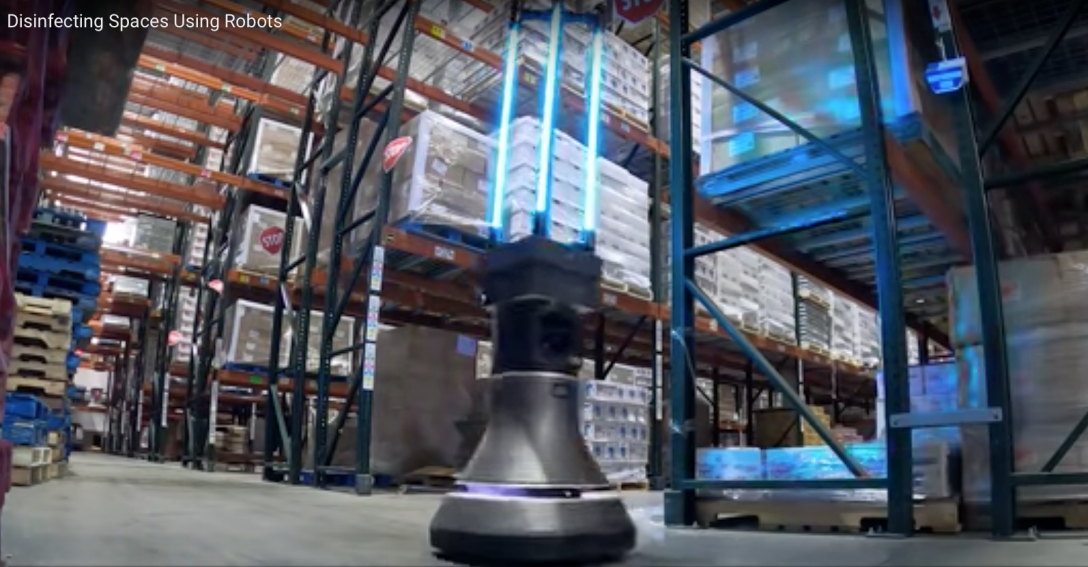Barcelona, May 8, 2023.- The prestigious consulting firm Gartner has explained the precautions that exist for the smart factory. The benefits are numerous, but also the caveats:
A smart factory is an automated and digitised facility. The most advanced examples use Industry 4.0 technologies to create a ‘dark factory’, so-called because, in the absence of humans, there is no need for lighting.
“Smart factory operations hold the allure of numerous benefits for supply chain leaders, from expanding lights-out manufacturing to improving quality and solving labour challenges,” Simon Jacobson, VP Analyst in Gartner’s Supply Chain Practice, says.
But he adds that the potential benefits “also present the biggest pitfall”, with organisations “rushing into launching smart factory initiatives without a clear understanding of the extent of the challenges facing them”.
As part of its smart factories report, Gartner has drafted five top risks to avoid regarding smart factory initiatives:
- Confusing optimising with transforming The optimisation benefits of a smart factory are confined to that single site, Gartner points out, adding: “But when smart factory initiatives are disconnected from the rest of the supply chain, the site level benefits can come at the expense of creating costly constraints elsewhere in the business.
“This risk can be mitigated by ensuring that factory objectives are synchronised with supply chain operating models and enterprise digital ambitions, flexibility, and automation opportunities.” - Misreading the scope of change management New technology may be straightforward and relatively cheap but underestimating changes to processes, integrations, and new performance targets can drive up both cost and time, warns Gartner.
“This risk can be managed in part by treating such changes as part of an enterprise-wide initiative that requires alignment between senior leadership and the utilisation of continuous improvement teams to ensure initiatives are properly sequenced,” it advises.
- Underestimating technology challenges Governance for smart factories is not only centred on plant-business connections but also on how information technology (IT), operational technology (OT), and engineering technology (ET) are managed, says Gartner.
It adds: “Convergence and alignment on these is critical as production models change. To mitigate the complexity of this risk, supply chain leaders should evolve governance and organisational structures in line with new production models.” - Lack of skills funding Modernising learning and development (L&D) programs to help people learn, acquire, and retain knowledge is essential,” says Gartner. “So too is support through additional education and upskilling.”
- Single use-case focus “As technology options expand too much focus on the ‘art of the possible’ exposes organisations to significant IT backlog and technical debt,” Gartner warns.
It adds that there is no single dominant technology or vendor that fulfils all smart factory requirements. “Technology purchases must be balanced with the ability to scale,” it says.
Source: Information by Gartner
- Following are the key trends will shape the logistics and supply chain landscape
- Emerging Careers in Supply Chain Logistics
- NAFCE: Natural Gas’ Role in Decarbonizing Trucking
- IATA Announces First Signatories to Air Cargo Digitalization Leadership Charter
- IRU: the European Road Freight rate development benchmark

